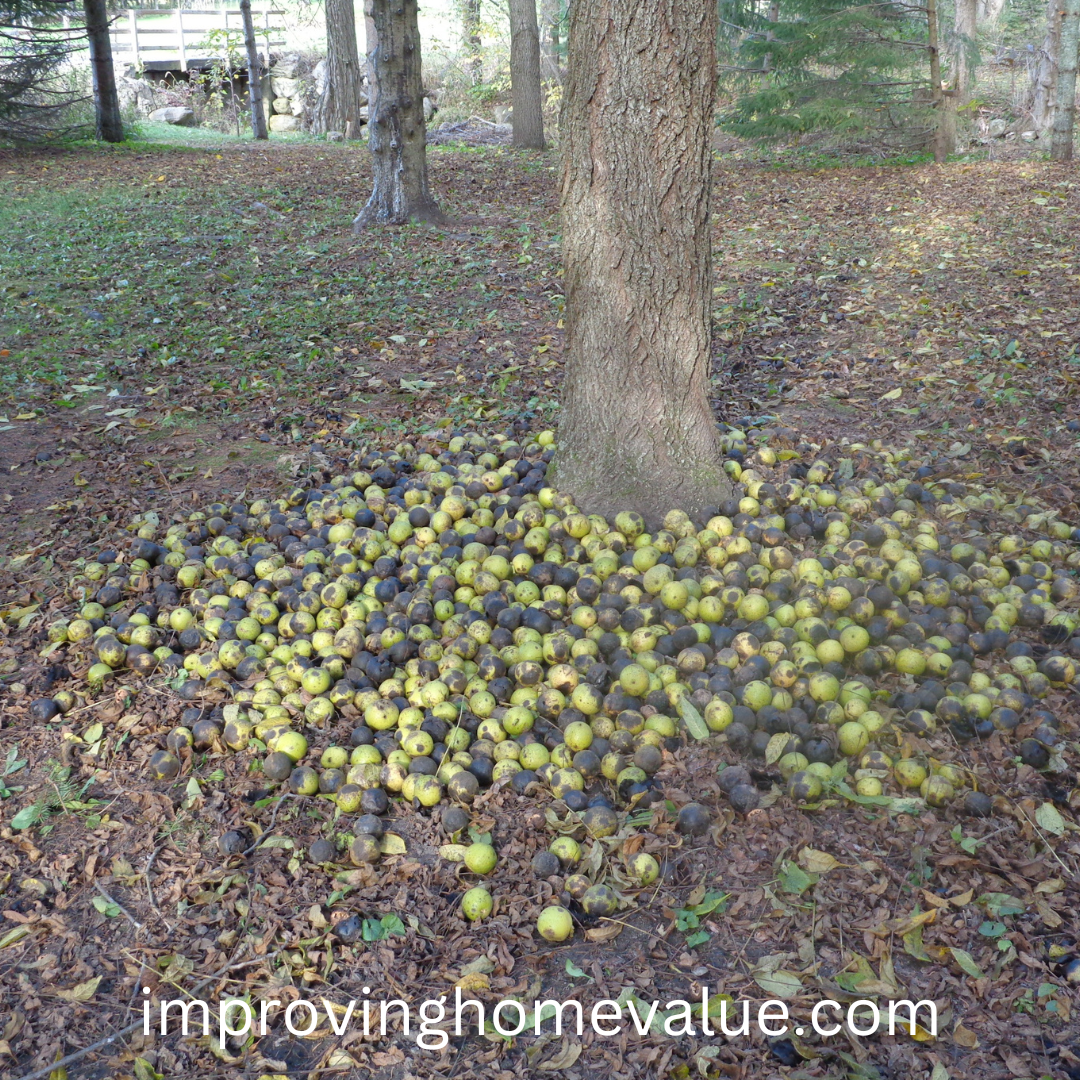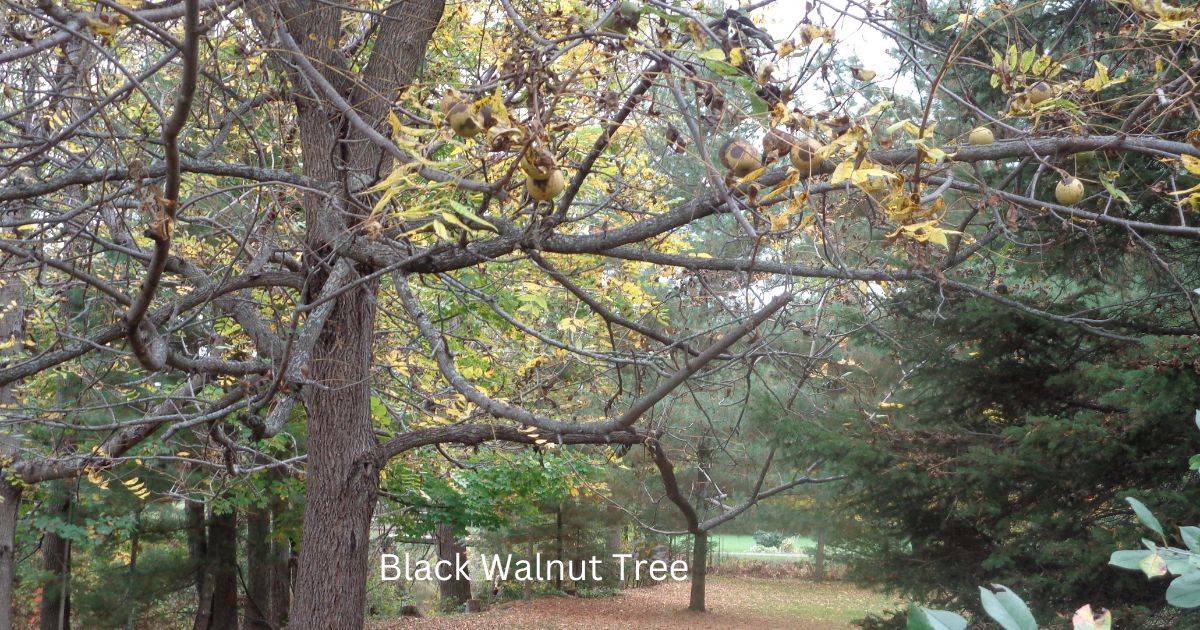Black Walnut trees are like the hidden gems of eastern North America. They’re not just any trees; these guys bring a lot to the table with their striking presence and subtle contributions to the ecosystem. Trust me, once you get to know them, you’ll appreciate their charm and utility.
So, where do these giants call home? Mainly, they’re hanging out in eastern North America, thriving in areas that offer them the right balance of nature’s essentials. It’s all about getting the sun, soil, and water mix just right. These trees love a spot where the soil is rich and well-drained, and the sun shines bright—but not too brightly.
One fascinating thing about Black Walnuts is their role in the ecosystem. They’re like the cool neighbor you want; they provide food and shelter for all sorts of wildlife. But, they do have a bit of an attitude, influencing which other plants can grow nearby through a process known as allelopathy, which is where the tree releases chemicals to prevent other plants from growing too close to it. Basically, they’re both heroes and a little bit of troublemakers in the plant world.
Understanding their needs is key if you’re planning to grow one of these beauties. It’s like learning to play an instrument—get the basics down, and you’ll master the craft. Recognizing their requirements not only makes growing them easier but also enhances their benefits to the environment.
Growing Black Walnut Trees: Requirements and Lifespan
Growing a Black Walnut tree isn’t just about planting it and hoping for the best. These trees have specific needs that must be met to thrive.
First, let’s talk sunlight. Black Walnuts are sun worshippers. They need plenty of light to support their growth, so plant them where they can soak up the rays. But remember, like sun-tanning, there’s a sweet spot—they can handle full sun but appreciate a little shade during scorching afternoons.
Soil is another biggie. These trees prefer their soil rich and well-drained. If your patch is lacking, consider adding some organic matter or compost to give the soil a nutrient boost. Avoid waterlogged spots because, like my hair after a rainstorm, they just won’t look quite right.
Watering these trees also requires a bit of a strategy. When they’re young, give them consistent watering to help establish roots. As they grow older, they become a bit more independent, needing water mainly during dry spells.
Now for the tall tales—literally. A healthy Black Walnut can tower up to 100 feet with a lifespan stretching over 200 years. Talk about long-term commitment! This height and longevity mean they bring both shade and history to your garden.
Of course, no tree-growing journey is without its hurdles. Pests like walnut caterpillars and diseases such as walnut anthracnose can pop up. But don’t worry too much; regular checks and proper care can keep these issues under control.
Growing these magnificent trees is a journey worth embarking on, for both their towering beauty and the rewards they bring to the environment.
Once you have a few planted and producing nuts you will find that your local squirrels will help you with planting many more.

Utilizing the Black Walnut: From Bark to Nut
Black Walnut trees are like those friends with hidden talents. There’s so much more to them than meets the eye, from their sturdy hardwood to their tasty nuts.
Let’s kick things off with the hardwood. Black Walnut wood is a hot commodity in the furniture world. It’s strong and durable, making it perfect for crafting gorgeous cabinets and furniture. Plus, it’s got this dark, rich color that just screams elegance.
Moving on to the leaves—did you know they can be used to tackle skin irritations? Yup, folks have been using Black Walnut leaves for ages to treat skin woes and even brew tea. So, next time you’re dealing with a pesky rash, consider giving these leaves a try (after checking in with a healthcare professional, of course).
The cultural use of Black Walnut’s bark and nut husk in traditional medicine is another cool facet. Native Americans have long recognized their medicinal properties, using them to harness nature’s power in healing practices.
You can also make a dye from the nuts by putting them in a mesh bag, and in a pot of water bringing it to a boil then simmering it for about an hour, remove the bag, let cool and you have a dark dye to use.
And let’s not forget about the nuts! Not only are they tasty, but they’re also packed with nutrients. Whether you’re just cracking them open for a snack or incorporating them into recipes, these nuts are a delicious and nutritious treat.
From crafting and cooking to calming itchy skin, Black Walnut trees offer a smorgasbord of uses that make them truly unique.
Threats, Benefits, and Conservation Strategies
Black Walnut trees aren’t without their challenges. Some pests and diseases love these trees just as much as we do, with walnut caterpillars and anthracnose being common foes. Keeping them in check requires vigilance, so regular tree inspections and maintenance play essential roles.
One interesting detail about Black Walnuts is their allelopathic nature, which means they release chemicals that can inhibit the growth of certain nearby plants. While this might sound a bit tricky for garden planning, it’s a fascinating way these trees have adapted to ensure they get plenty of resources for themselves. Understanding and accommodating this trait can lead to a harmonious garden balance.
The conservation of Black Walnut trees is vital, given their economic and ecological importance. They’re valuable for lumber and contribute to the biodiversity of their native regions. Sustainable harvesting practices ensure that they continue to thrive and support economic activities without depleting future resources.
Overall, Black Walnut trees provide countless benefits to both ecosystems and human activities. By learning how to care for them and use their resources responsibly, we can enjoy all they have to offer while ensuring they remain a part of the landscape for generations to come.
